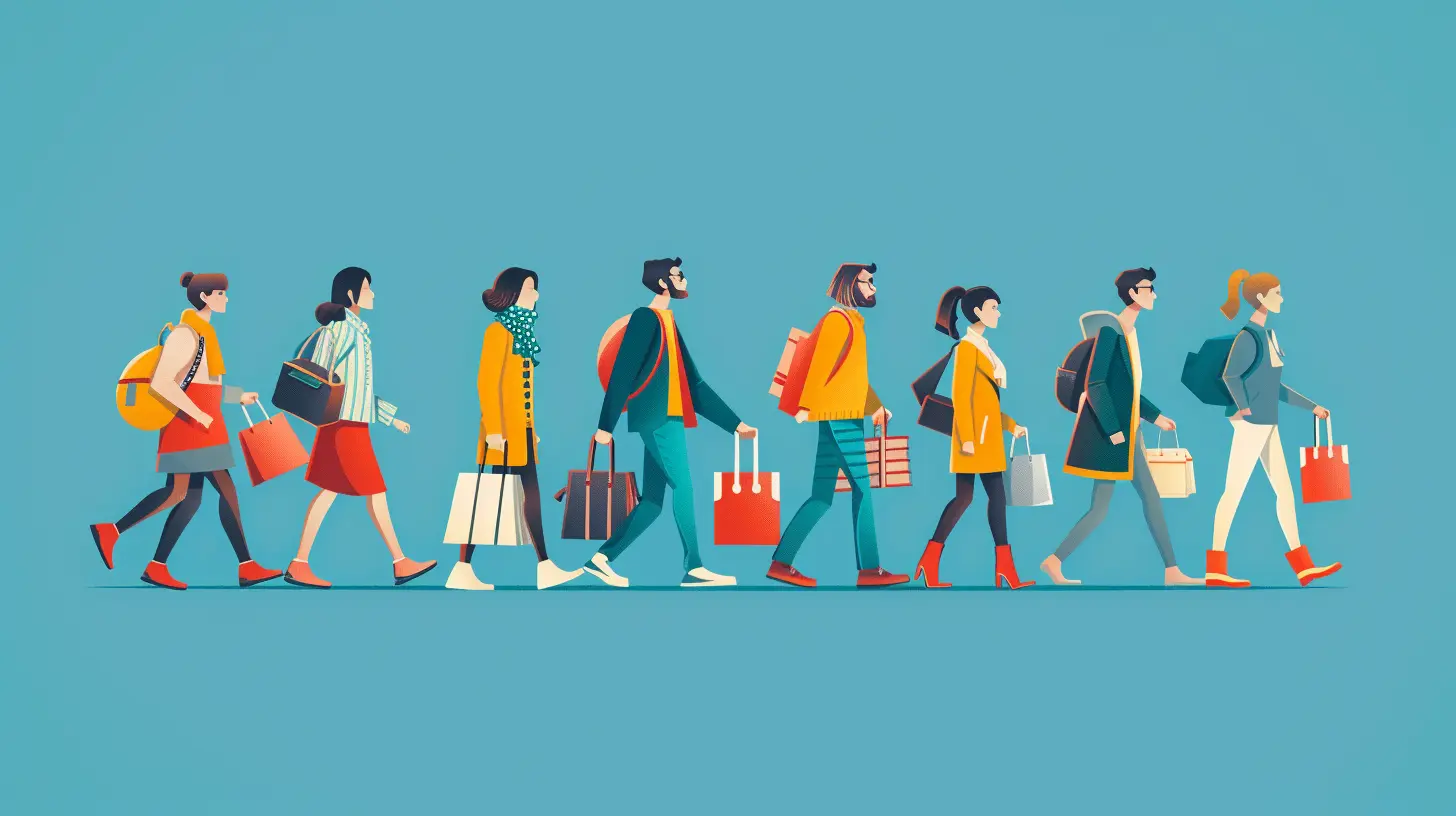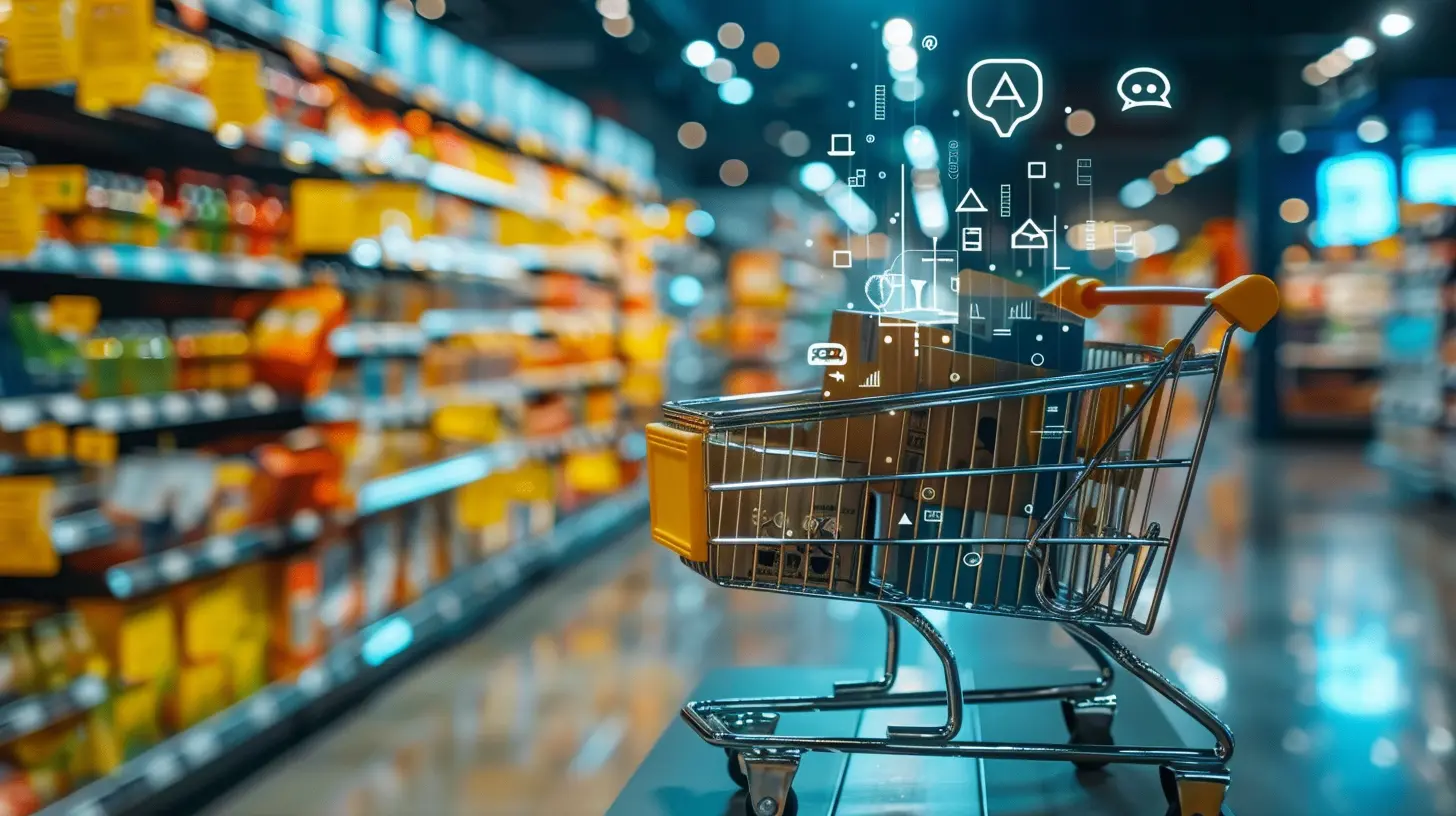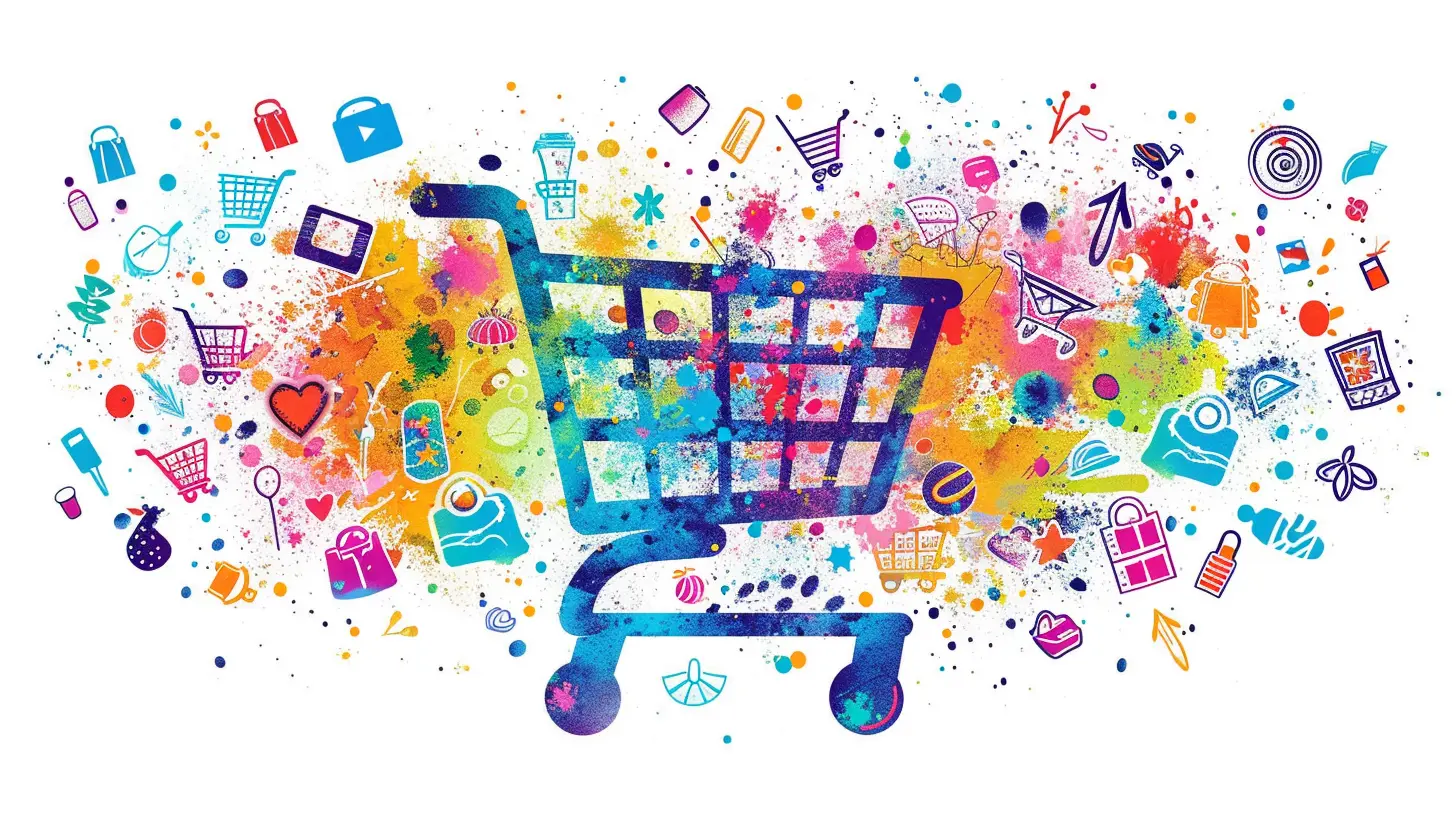The Evolution of Consumer Expectations and What It Means for Marketers
11 October 2025
Let’s be real for a second—consumer expectations aren’t what they used to be. Roller skates turned into Teslas. Flip phones became smartphones. And let’s not even get started on how coffee went from simple black brew to a venti iced half-caf non-fat caramel macchiato with oat milk. You get the point—times have seriously changed.
So, if you’re marketing the way you did five, heck, even two years ago... you’re already behind.
Let’s strap in and look at how consumer expectations have evolved into the high-maintenance, fast-paced, ultra-personalized beast they are today—and more importantly, what that means for us as savvy, don’t-mess-around marketers.
The Consumer of Yesterday vs. Today: Oh, How the Tables Have Turned
Rewind a few decades. Back then, a decent product, a catchy jingle, and a flashy ad could win over a customer. People were more patient, less informed, and let’s be honest—they had way fewer choices.Fast-forward to now, and consumers are walking encyclopedias with smartphones, comparing your product to your competitor’s while standing in your store.
They don’t just want more—they expect it. Scratch that—they demand it.
- Fast shipping? Non-negotiable.
- Seamless returns? You bet.
- Personalized recommendations? Where's my name and my preferences, Karen?
- 24/7 customer service? Don’t even think about going offline.
And if you can't deliver? Buh-bye. Someone else will.
So, What’s Driving This Change?
Glad you asked. Blame it on the digital revolution, the rise of social media, and, oh yeah—the Amazon Effect (you knew that was coming).Let’s break it down:
1. The Amazon Effect: Instant Gratification is the New Norm
Amazon trained us to expect everything in two days—or less—with zero friction. Need toilet paper at midnight? No problem. Want to return a pair of jeans with no hassle? Done.This “prime” level experience has set the bar sky-high. Even if you’re a tiny boutique biz, customers expect you to bend time and space like Bezos.
2. Tech-Savvy Shoppers: Knowledge is Power
Today’s consumers do their homework. And I mean deep-dive research. They read reviews, compare prices, watch unboxing videos, stalk your socials, and sometimes even slide into your DMs before buying.They're not waiting for you to tell them what to buy—they're informing themselves and forming strong opinions.
3. Social Media & Influencer Culture: Consumers Have the Mic Now
Thanks to social media, everyone has a platform—and they’re not afraid to use it. One bad experience? Hello, viral TikTok rant. One amazing one? You’re a hero (for a day).Consumers now have a louder voice and a broader reach than most brands. Their expectations for engagement, response time, and transparency are sky-high.
4. Personalization or Bust
We live in a “me, me, me” world. If your brand isn’t tailoring experiences to individual preferences, you’re basically ghosting your customers.74% of consumers get frustrated when content isn’t personalized. Translation? If you’re still sending mass emails that start with “Dear Valued Customer,” you’re dead to them.
The Pillars of Modern Consumer Expectations
Let’s break down what today’s consumers actually want. Spoiler alert: It’s not just a good deal anymore.1. Speed & Convenience
We want what we want, and we want it now. If your website takes more than 3 seconds to load, 40% of users will bounce. That’s not just impatient—it’s savage.But can you blame them? Why wait when the competition is one click away?
2. Transparency & Trust
We want brands that tell it like it is. Are you ethical? Sustainable? Honest about your product? Transparent about pricing? No shady upcharges?If you try to pull a fast one, customers will sniff it out—and call you out.
3. Personalization
We’ve said it once, we’ll say it again: consumers expect you to remember their name, their size, their last order, and maybe even their dog’s birthday.AI and data make it easy—no excuses.
4. Omnichannel Experiences
If I start shopping on mobile, add something to a cart on desktop, and finish my purchase in-store—I want it all to sync up beautifully.Seamless integration across platforms isn’t a luxury anymore—it’s table stakes.
5. Values & Purpose
Gen Z and Millennials especially want brands to stand for something. It’s not just about what you sell, but what you believe in. Sustainability, inclusivity, social justice—if you’re quiet, you look complicit.Authenticity isn’t optional; it’s expected.
What It All Means for Marketers — Time to Level Up
So, you're probably thinking, “Cool rant—but what do I actually do about all this?”Friend, let’s get into it.
1. Embrace Hyper-Personalization
No more guesswork. Use data, AI, and analytics to serve up experiences that feel tailor-made.That means personalized emails, product recs, landing pages, and even texts. If you’re not segmenting your audience and crafting for them specifically, you’re leaving money—and loyalty—on the table.
💡Bonus Tip: Use dynamic content to show different messages or products based on user behavior.
2. Speed Up Your Tech Game
Invest in lightning-fast websites, frictionless checkout processes, and mobile-first EVERYTHING.Make browsing and buying easy, intuitive, and quick. If it takes me 15 clicks to buy your product, I’m gone faster than you can say “abandoned cart.”
3. Show Up Authentically on All Channels
Don’t just be present—be active and authentic. Comment back. Answer DMs. Post real people doing real things with your product.Brand voice matters. Be human, not robotic. We’re done with stiff, corporate jargon—we want brands that talk with us, not at us.
4. Prioritize Customer Support (Seriously)
24/7 support isn’t optional anymore. Whether it’s live chat, AI bots, or well-trained humans—consumers want help, and they want it yesterday.And remember, how you handle issues can make or break your reputation. It’s not always about being perfect—it’s how you fix the mess.
5. Double Down on Loyalty and Retention
Acquiring new customers is great, but keeping the ones you have? That’s where the real profit lives.Use loyalty programs, newsletters, surprise discounts, and thank-you notes. Treat your best customers like VIPs—because they are.
6. Lead with Purpose
Let your brand values shine through every ad, email, and social post. Be authentic with your mission. Stand for something.Bonus points if you back it up with real action, not just performative posts.
What Happens If You Ignore These Expectations?
Short answer? You lose.Customers will ghost you, clap back at you online, and hop over to a brand that does get it. No second chances. No courtesy emails. Just poof—they’re gone.
Modern marketing is survival of the most adaptable.
So if you’re still playing by old-school rules in this new-school game, you’re not just outdated—you’re invisible.
Final Thoughts: Consumer Expectations Are Evolving—Are You?
Here’s the tea: consumers are smarter, faster, pickier, and louder than ever before. The question isn’t whether the game has changed—it’s whether you’ve changed with it.So, are you going to rise, pivot, and own your space like the marketing boss you are? Or are you going to watch from the sidelines while your competitors eat your digital lunch?
Because in this wild, fast-paced marketing jungle… only the bold survive.
all images in this post were generated using AI tools
Category:
MarketingAuthor:

Susanna Erickson
Discussion
rate this article
1 comments
Parisa Blevins
Adapting to evolving consumer expectations is essential for effective marketing strategies.
October 11, 2025 at 3:18 AM

Susanna Erickson
Absolutely! Adapting to changing consumer expectations is key to crafting relevant and effective marketing strategies that resonate with audiences.


